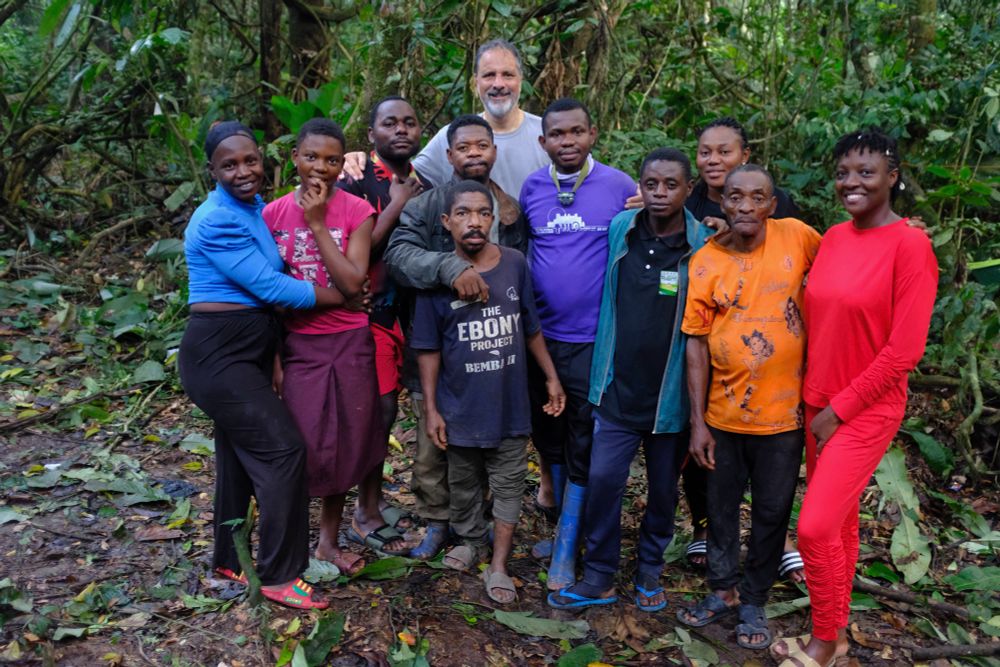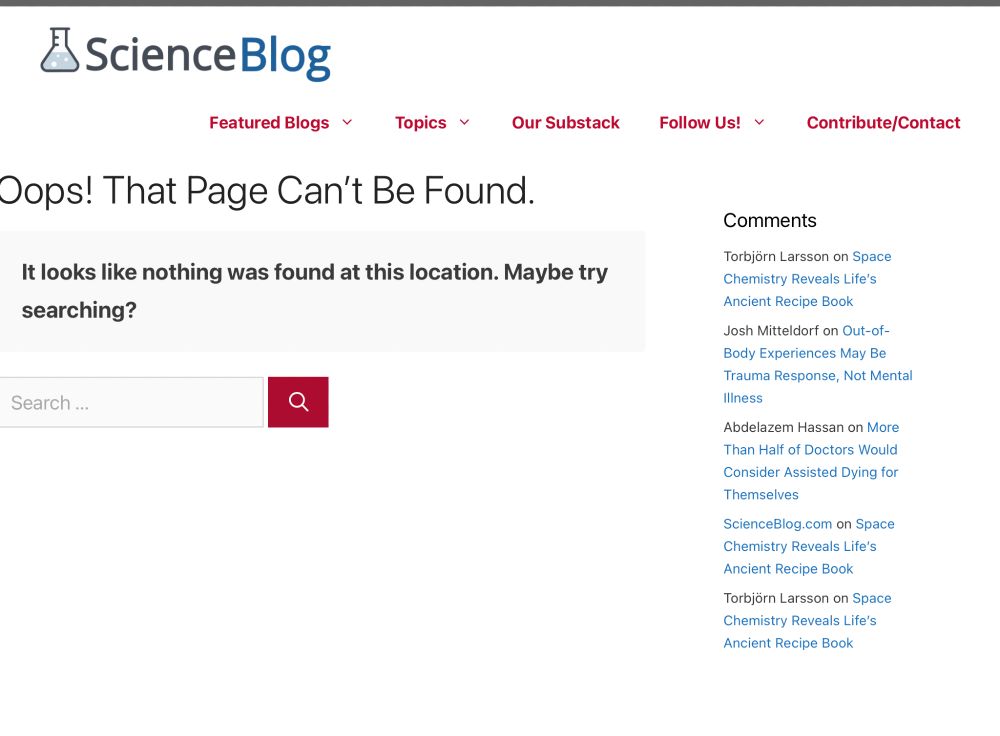Check out our recap of the DLS lecture “Why the Brain Isn’t Binary: Rethinking Sex and Gender as a Mosaic” with Prof. Daphna Joel 🌈🧬
🔗 Full post: sfb1665blog.de/why-the-brai...
#CRC1665 #ScienceBlog #BeyondBinary #Neuroscience #SexDiversity #FeministScience #DaphnaJoel
Check out our recap of the DLS lecture “Why the Brain Isn’t Binary: Rethinking Sex and Gender as a Mosaic” with Prof. Daphna Joel 🌈🧬
🔗 Full post: sfb1665blog.de/why-the-brai...
#CRC1665 #ScienceBlog #BeyondBinary #Neuroscience #SexDiversity #FeministScience #DaphnaJoel
Check out our recap of the DLS lecture “Why the Brain Isn’t Binary: Rethinking Sex and Gender as a Mosaic” with Prof. Daphna Joel 🧬🧠
🔗 Full post: sfb1665blog.de/why-the-brai...
#CRC1665 #ScienceBlog #BeyondBinary #Neuroscience #SexDiversity #DaphnaJoel

Check out our recap of the DLS lecture “Why the Brain Isn’t Binary: Rethinking Sex and Gender as a Mosaic” with Prof. Daphna Joel 🧬🧠
🔗 Full post: sfb1665blog.de/why-the-brai...
#CRC1665 #ScienceBlog #BeyondBinary #Neuroscience #SexDiversity #DaphnaJoel
#EnvironmentalNews #AirPollution #Climate

#EnvironmentalNews #AirPollution #Climate

Die hier kann man sogar streicheln
@palaeoplushies.com : )
Neues vom Thylacinus gab's ja auch gerade auf #Scienceblog #Meertext
scilogs.spektrum.de/meertext/neu...
Die hier kann man sogar streicheln
@palaeoplushies.com : )
Neues vom Thylacinus gab's ja auch gerade auf #Scienceblog #Meertext
scilogs.spektrum.de/meertext/neu...
dt scienceblog-com.translate.goog/hidden-heart...

dt scienceblog-com.translate.goog/hidden-heart...
'Five million people worldwide may be walking around with cardiac long COVID, their hearts silently struggling months or years after their initial infection cleared'
scienceblog.com/hidden-heart...

'Five million people worldwide may be walking around with cardiac long COVID, their hearts silently struggling months or years after their initial infection cleared'
scienceblog.com/hidden-heart...
'A sweeping new study has uncovered a troubling two-way relationship between long COVID and menstrual health that could affect millions of women worldwide'
scienceblog.com/long-covid-d...

'A sweeping new study has uncovered a troubling two-way relationship between long COVID and menstrual health that could affect millions of women worldwide'
scienceblog.com/long-covid-d...
Maidment, S.C.R., Ouarhache, D., Ech-charay, K. et al. (2025). Extreme armour in the world’s oldest ankylosaur. Nature.
Smithsonian Magazine
The Guardian
Reuters
Live Science
ScienceBlog
Maidment, S.C.R., Ouarhache, D., Ech-charay, K. et al. (2025). Extreme armour in the world’s oldest ankylosaur. Nature.
Smithsonian Magazine
The Guardian
Reuters
Live Science
ScienceBlog
Check out this new blog post from the Sehgal Lab that dives the hidden connections between parasites, biodiversity, and human health.
Read more here: www.ravindersehgal.com?p=2899
#ScienceBlog #ResearchMatters #Microbiology #Conservation #LabLife




Check out this new blog post from the Sehgal Lab that dives the hidden connections between parasites, biodiversity, and human health.
Read more here: www.ravindersehgal.com?p=2899
#ScienceBlog #ResearchMatters #Microbiology #Conservation #LabLife
'Using mass spectrometry, the scientists detected 65 distinct peptide fragments from a viral enzyme called replicase polyprotein 1ab (Pp1ab) in the EVs of long COVID patients.'
scienceblog.com/hidden-viral...

'Using mass spectrometry, the scientists detected 65 distinct peptide fragments from a viral enzyme called replicase polyprotein 1ab (Pp1ab) in the EVs of long COVID patients.'
scienceblog.com/hidden-viral...
Read it now (link below)! 👇
#CriticalThinking #ScienceBlog #system_thinking

Read it now (link below)! 👇
#CriticalThinking #ScienceBlog #system_thinking
Which insects actually live right on our doorstep? It is not easy to find out, but it is extremely important in order to better protect insects.
Entomologist Dr. Tobias Frenzel provides exciting insights into flying insect monitoring and shares initial results:
t1p.de/SMNSBiodivEN

Which insects actually live right on our doorstep? It is not easy to find out, but it is extremely important in order to better protect insects.
Entomologist Dr. Tobias Frenzel provides exciting insights into flying insect monitoring and shares initial results:
t1p.de/SMNSBiodivEN

In our latest #ScienceBlog article our colleague @marinamoser.bsky.social explores how popular AI chatbots' portrayal of different insects might affect science education and nature conservation.
www.naturkundemuseum-bw.de/en/research/...

In our latest #ScienceBlog article our colleague @marinamoser.bsky.social explores how popular AI chatbots' portrayal of different insects might affect science education and nature conservation.
www.naturkundemuseum-bw.de/en/research/...
Oops! That Page Can’t Be Found.

Oops! That Page Can’t Be Found.
Ameisen-Alarm! #Tapinomamagnum – wenn kleine Insekten große Probleme machen
Von flinken Krabblern, Citizen Science und der Frage “Ist das jetzt Tapinoma magnum?”
#ScienceBlog von Amelie Höcherl & Dr. Dominic Wanke - Entomologen am #SMNS
www.naturkundemuseum-bw.de/forschung/sc...

Ameisen-Alarm! #Tapinomamagnum – wenn kleine Insekten große Probleme machen
Von flinken Krabblern, Citizen Science und der Frage “Ist das jetzt Tapinoma magnum?”
#ScienceBlog von Amelie Höcherl & Dr. Dominic Wanke - Entomologen am #SMNS
www.naturkundemuseum-bw.de/forschung/sc...
apollomapping.com/blog/remotel...
#blog #scienceblog #mappingblog #satelliteimagery

apollomapping.com/blog/remotel...
#blog #scienceblog #mappingblog #satelliteimagery
#EnvironmentalNews #Environment

#EnvironmentalNews #Environment

'Millions of people suffering from Long Covid are caught in a frustrating cycle of trying to prove their illness..while navigating a healthcare system..leaves them feeling dismissed..'
scienceblog.com/564828/long-...

'Millions of people suffering from Long Covid are caught in a frustrating cycle of trying to prove their illness..while navigating a healthcare system..leaves them feeling dismissed..'
scienceblog.com/564828/long-...
(Quelle: blogs.uni-bremen.de/scienceblog/... )

(Quelle: blogs.uni-bremen.de/scienceblog/... )

